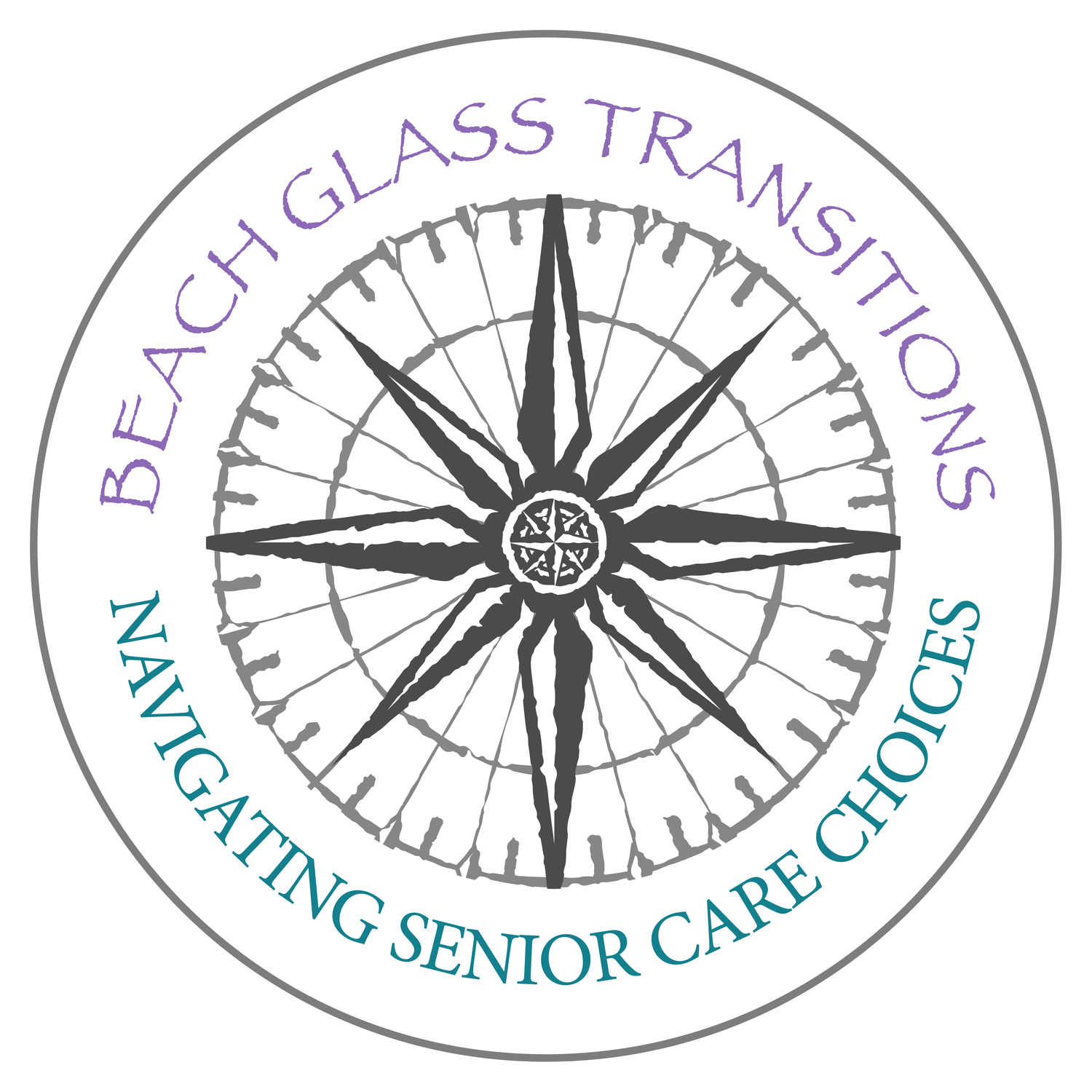Hospice
/Overview
Hospice Care is provided to patients with terminal illnesses who are very near the end of life. Hospice Care does not focus on treating the illness or curing it, but rather on pain management, emotional support, spiritual support, and family support and bereavement. Hospice staff includes teams of physicians, nurses, personal care assistants, social workers, chaplains, and others.
Most Hospice Care is provided in the patient’s home or in a senior living community, though there are some residential hospice facilities. These facilities are meant to be homier and more comfortable than hospitals, though they are equipped to provide advanced medical treatment.
The Hospice philosophy is that death is a part of life and that it can be experienced best when surrounded by loved ones. Hospice Care is designed to lessen the traumatic response to death as it is experienced by both the patient and family.
Best Suited For
A patient with a terminal illness who has received a prognosis of six months or less to live.
A patient with a terminal illness who may not have a six-month prognosis, but who has the financial ability to pay privately for Hospice Care for the duration of his illness.
Costs
If a doctor indicates that a patient is terminal with six months or less to live, Medicare will cover the cost of Hospice. If a patient lives beyond six months, he can continue to access his hospice benefit under Medicare if a doctor re-certifies the six-month terminal prognosis. Without a six-month prognosis, supplemental insurance, Medicaid, and some veteran’s benefits may cover the cost, or patients may pay privately. Costs average from $125 - $400 per day. However, check with your local hospice provider, as many offer some level of “free care” for those that financially qualify.
Advantages
Personalized care and emotional support through the last months of a person’s life.
Personalized care focused on pain management, spiritual guidance (if desired), and death with dignity.
Personalized bereavement services and emotional support provided to the family.
Disadvantages
If you have no insurance means to cover the cost, Hospice Care can be expensive. There may be charitable funds in your area to cover the cost of care. Inquire with your local hospice organizations regarding this possibility.
Insider Tips: What to Look For
When your doctor makes a referral to hospice, the hospice staff will meet or communicate first with the physician to get the patient’s medical information, including medical history, current quality of life, and life expectancy. After this meeting, hospice staff will meet with the patient and their family to discuss the option of using their hospice services. At this time, if the patient is for any reason uncomfortable with this hospice service, they can ask to be referred to another that serves that geographical area. You can locate different hospices that service your area on HospiceDirectory.org, or by calling the site’s toll-free number, 800.854.3402.
A physician’s referral is one way to access hospice care. If your physician does not suggest this option, and you think it might be good for your family, just ask your physician’s office for a referral, or initiate the process yourself by contacting your local hospice care service.

